By Jack Adamson
When interviewed in the late 1960s by John Toland for his book, The Rising Sun: The Decline and Fall of the Japanese Empire, Takeshi Hirakushi told a fantastic tale. Hirakushi was a former major of the Imperial Japanese Army (IJA) and the senior surviving Japanese officer of the Battle of Saipan. His eyewitness account of the Japanese defense of Saipan through the lens of the top brass and culminated in his witnessing the deaths of the island’s three most senior Japanese officers: Lt. Gen. Yoshitsugu Saitō , Maj. Gen. Keiji Igeta, and Vice Adm. Chuichi Nagumo. Nagumo, in particular, was described as quiet and withdrawn during the battle, and it is implied that he was unjustifiably unassertive of his authority over Saitō and Igeta. The Rising Sun was a masterpiece of its time, and Hirakushi’s account in it has been referred to as gospel by many historians ever since.
Problematically, however, much of Hirakushi’s story does not align well with other eyewitness accounts. Another red flag is raised by the fact that Hirakushi entered captivity under the alias “Major Yoshida” and at that time told his interrogators a completely different story. Further analysis disproves much of Hirakushi’s post-war recollections of Saipan’s top Japanese officers and restores some of Nagumo’s military reputation.
If Admiral Isoroku Yamamoto was the architect of the Pacific War, Nagumo was his chief contractor, carrying out the most important of Yamamoto’s plans. Nagumo led the force that attacked Pearl Harbor and then wreaked havoc across the Pacific and Indian oceans. At the Battle of Midway, however, Japan’s fortunes irreversibly changed with a resounding defeat. Nagumo was eventually relieved of duty in November 1942. He reemerged in March 1944, designated Commander-in-Chief of the Central Pacific Fleet encompassing the majority of naval forces in the Central Pacific except the Fleet Air Arm and combat fleet. Nagumo’s chief of staff was Rear Adm. Hideo Yano. Nagumo was deeply troubled, but hid his dismay from subordinates.
The 31st Army under Lt. Gen. Hideyoshi Obata and his chief of staff, Igeta, also formed at this time. Both the 31st Army and the Central Pacific Fleet’s headquarters were in Saipan’s largest metropolis, Garapan.
The two tactical commands on Saipan were the army’s 43rd Infantry Division under Saitō and his chief of staff, Col. Takuji Suzuki and the navy’s 5th Base Force under Rear Adm. Takehisa Tsujimura and his chief of staff, Commander Jiro Saitō (no relation to Lieutenant General Saitō). Maj. Hirakushi was attached to the 43rd Division staff as a public relations officer. Vice Adm. Takeo Takagi, Commander-in-Chief of the Sixth Fleet under which all the submarines of the Imperial Navy operated, also chose Saipan as his headquarters.
The U.S. invasion of Saipan in mid-June 1944 surprised the Japanese. Obata on an inspection tour of the Palau Islands, so the eight most senior officers on the island were Nagumo, Yano, Igeta, Saitō, Suzuki, Tsujimura, Cdr. Saitō , and Takagi. The U.S. attacked on June 11, 1944. Shortly thereafter, the Central Pacific Fleet staff withdrew to the mountainous central spine of Saipan. The 31st Army and the 43rd Division staffs withdrew to their own bunkers with Igeta’s somewhere near Nagumo’s and Saitō’s in the south.
Nagumo and his staff retreated to their cave as naval guns pummeled the island. Nagumo and Yano calmly smoked cigarettes.
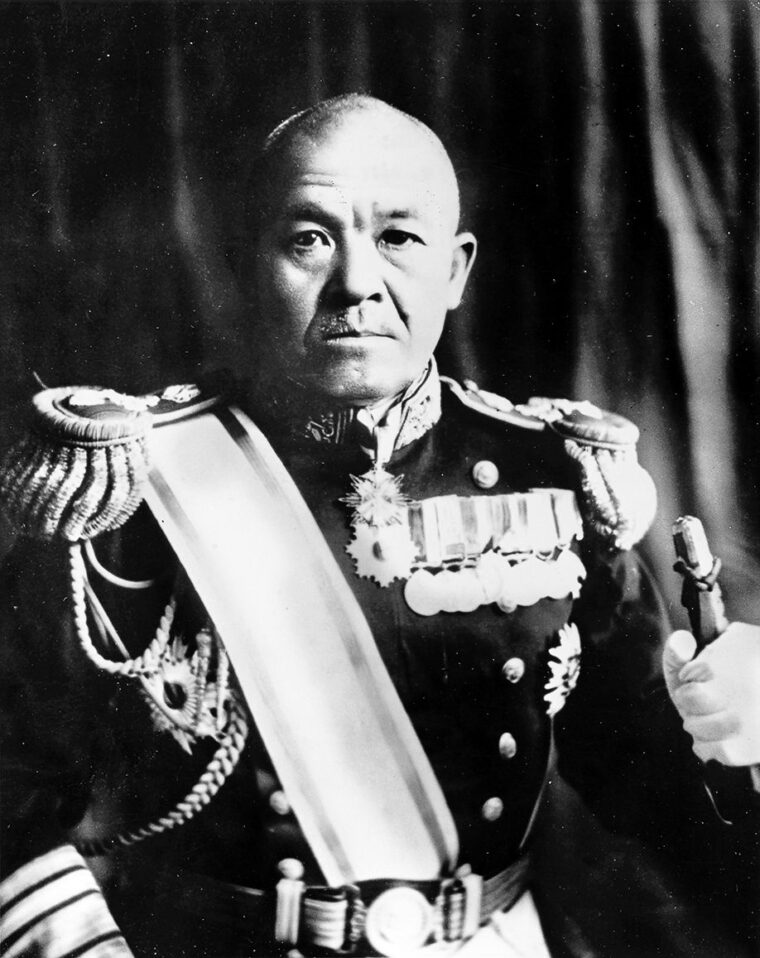
Lieutenant General Saitō had set up his new headquarters in an inland cave a day before U.S. troops landed on June 15.
The Battle of Philippine Sea was quickly lost and Saipan’s defenders were perpetually pushed back, finally into a Combined Battle Headquarters in a cave in the north of the island, an area nicknamed “Paradise Valley.”
At about 5 p.m. on July 4, while pushing north through the ruins of the Japanese naval facilities, the U.S. captured their highest ranking Japanese naval officer to date—Cdr. Jiro Saitō, Admiral Tsujimura’s chief of staff. Commander Saitō had been in charge of the naval base defense when a near-miss shell knocked him out. U.S. intelligence officers found Saitō to be “intelligent and talking easily, but seems to be withholding information and evasive.”
That afternoon, the headquarters area came under direct automatic weapons fire. Hirakushi was then sent to inspect the Japanese defensive lines and found them to be virtually non-existent. Saitō and Igeta then went into a private conference to decide on the course of action. The decision was gyokusai, a “banzai charge.” Nagumo and his staff were likely not directly consulted. Nagumo had little place to insert his authority. Not only were navy personnel greatly outnumbered by their army counterparts, but he was a surface fleet officer and an administrator with no experience in land warfare.
The next day (July 5), plans were finalized and orders for the gyokusai were drawn up that included military personnel and civilians. An inspirational message signed by Saitō and Nagumo was distributed.
Imperial Staff wanted the Saipan defenders to fight on, an impossibility. Circulating the message to unit commanders was the last task of the combined headquarters. Over the years, varying scenarios detailing the demise of Saipan’s top Japanese officers emerged with Toland’s version most widely accepted. The only indisputable facts are that Generals Saitō and Igeta and Admirals Nagumo, Yano, Tsujimura, and Takagi died along with an estimated 5,000 Japanese who participated in the suicidal attack on the night of July 6, 1944.
Several wounded Japanese were captured, including a 43rd Division intelligence officer named Maj. Koyoshi Yoshida, Chief Petty Officer Noda, and Seaman Hikada, the latter two attached to Nagumo’s staff. All claimed to have witnessed the deaths of their respective commanding officers, and their accounts somewhat aligned. After the war, however, Major Yoshida came clean that he was not, in fact, the 43rd Division’s intelligence officer, but that his true identity was Maj. Takashi Hirakushi, the 43rd Division’s public relations officer. Major Yoshida was either fictitious or killed during the battle.
Major Hirakushi’s recollections to Toland in 1967 with regard to the deaths of the senior officers was very different from what he told his interrogators in 1944. In The Rising Sun, Toland wrote:
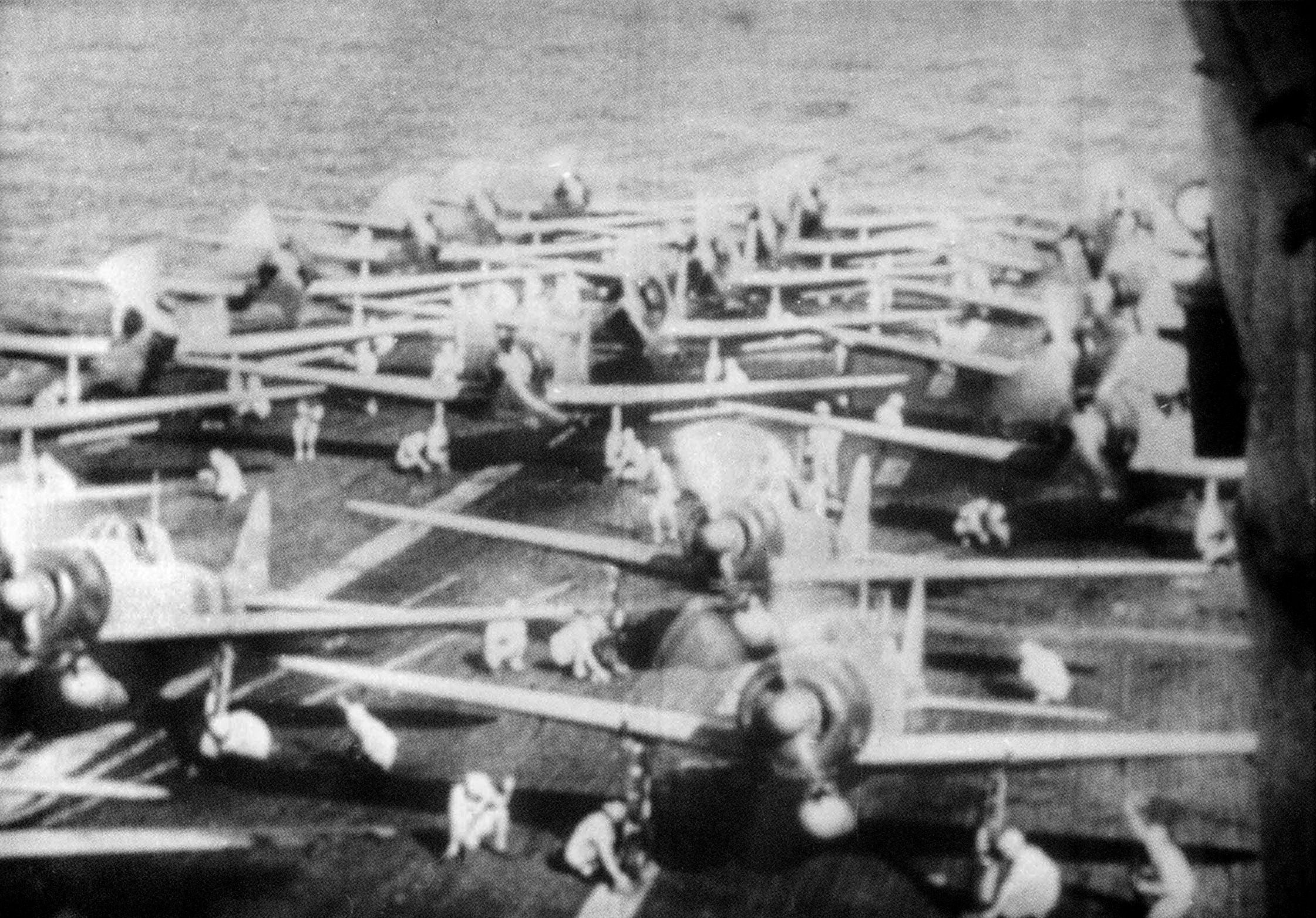
At dawn on July 6th…Saitō, who had been quietly conferring with Nagumo and Igeta, beckoned to Hirakushi. He said that the three had decided to die at ten o’clock.
—“Excuse us for going first.”
—“Do you plan to do it here?”
—“Yes, here.”
Hirakushi said it would be better to commit suicide privately in a smaller cave nearby. The Major left to prepare the new cave while Saitō read aloud a farewell message.
Hirakushi led the three commanders to the new cave. “What means are you going to use?” he asked.
“We will go through the first step of Seppuku,” said Saitō, “but Seppuku will take too long, so have an officer stand behind each of us and shoot us in the back of the head.”
Saitō selected Hirakushi, Nagumo requested a Naval officer, Igeta didn’t express a preference. Hirakushi returned to the main cave and asked for someone from the Navy to “assist Admiral Nagumo with his suicide.” No one answered. Finally, a young Army aide said, “Let me do the job.” Another Army aide volunteered to shoot Igeta, and the three started back to the suicide cave.
The commanders…were sitting cross-legged near the mouth of the cave with the diminutive Nagumo in the middle. Hirakushi turned to find some water to wash their faces…Hirakushi started back around the boulder. The three commanders were lying sprawled on the ground. Behind the bodies stood the two young aides, smoking pistols in hand. The commanders, impatient, had gone ahead without him.
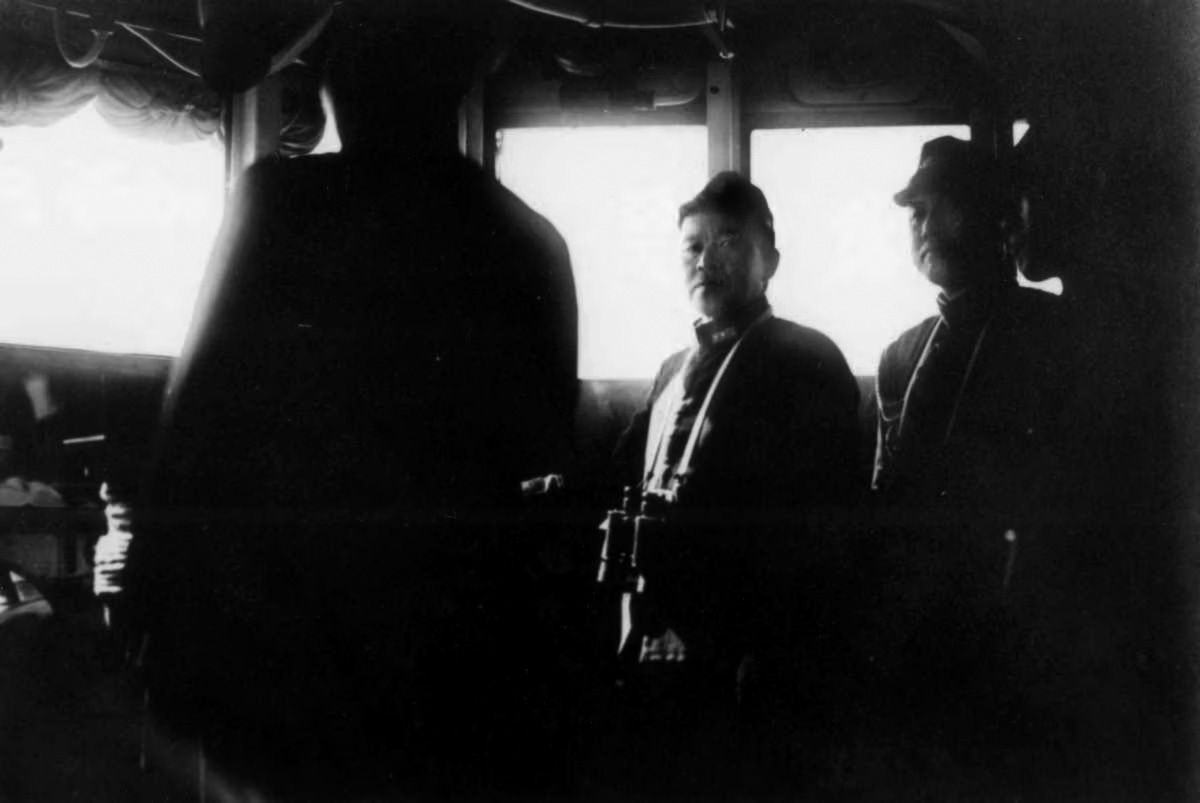
Yoshida’s version was very different. U.S. interrogators found him very forthcoming, answering any questions asked to the best of his knowledge. None of the information he gave contradicted what they already knew.
The record of Yoshida’s interrogation notes that: “Upon being questioned concerning the fate of Lt. General Saitō, Major Yoshida told the following story. About 0600 on 6 July Saitō issued his orders for the counterattack of that day…At 1000, thinking that since he was too old to participate in a strenuous attack he considered himself of no further use. He then went up to a higher shelf in the cave accompanied by his Adjutant. He drew his own blood first and then was shot in the right temple with his own pistol by his trusted Adjutant as is the customary method in military circles. After that the Adjutant committed suicide followed by two other Shamboes (Japanese staff officers). All four bodies were cremated.”
Yoshida was also questioned on whereabouts of Admiral Nagumo to which he “stated that he was not sure but he thought he might have been in the same area mentioned before and probably committed suicide.”
Chief Petty Officer Noda told his interrogators in 1944, that he personally witnessed the suicide of Vice Admiral Nagumo and Rear Admiral Yano at 10:30, July 7, at the temporary headquarters inland from Matansa. Toland interviewed Noda in 1967 for The Rising Sun at which time he expounded upon but did not alter his account. Seaman Hikada’s account was published in the Japanese-American newspaper Rafu Shimpo in 1953. A complete picture of Nagumo’s death emerges when his and Noda’s versions are merged. Noda and Hikada were not captured together and never give an indication of being acquainted with one another, and yet their accounts of Nagumo’s death are not only mutually supporting but somewhat align with the Yoshida version of events directly contradicting Hirakushi’s post-war recollections.
Nagumo announced that he had decided to commit suicide at 10 o’clock on the 6th. He thanked his staff and said he’d rather they they didn’t see his end. Nagumo and Yano went behind some large rocks, and most of those he had addressed walked some distance away, but Noda remained with the two admirals. Nagumo wore a green field uniform, noted by Noda as being torn and muddy from night moves and caves, while Yano wore a khaki field uniform. Nagumo placed his service revolver to his head, glanced at Yano while saying, “Shall we go?” and pulled the trigger. Yano followed.
Hikada and his group heard two shots and after a short time went to investigate. “We found Vice Admiral Nagumo and the C/S laid on the ground face down, bullets hit right at their temples. Ten of us dug two 4-5-foot-deep holes and buried them after wrapping them in blankets. We didn’t want to give our commander’s dead body to the enemy.”
What strengthens the veracity of these accounts is the fact they both state Nagumo and Yano committed suicide by self-inflicted gunshots to the head rather than by seppuku, the traditional samurai method of ritualistic suicide by self-disembowelment and simultaneous beheading performed by another individual. A pistol shot to the back of the head in lieu of beheading was also common by the time of World War II. It was considered an extremely honorable death and a means of regaining one’s reputation after a failure. Nagumo and Yano possibly felt disgrace for their failure and did not consider themselves suited to the honor of Seppuku. Noda and Hikada held Nagumo in high regard. Therefore, the admirals’ suicides would most likely have been recounted with the flair, honor, and inspiration of seppuku if the two sailors’ accounts were falsified.
On July 11, Major Yoshida acted as guide for 4th Marine Division intelligence officers and Army liaisons on what was essentially a battlefield tour of the island, giving details from the Japanese perspective of the battle. Each of Saitō’s headquarters locations was visited in succession until the detachment stopped at the 6th and final headquarters cave in Paradise Valley. Apparently the attempt to cremate the four individuals had been somewhat unsuccessful. Yoshida identified Saitō’s remains on an upper ledge of the cave.
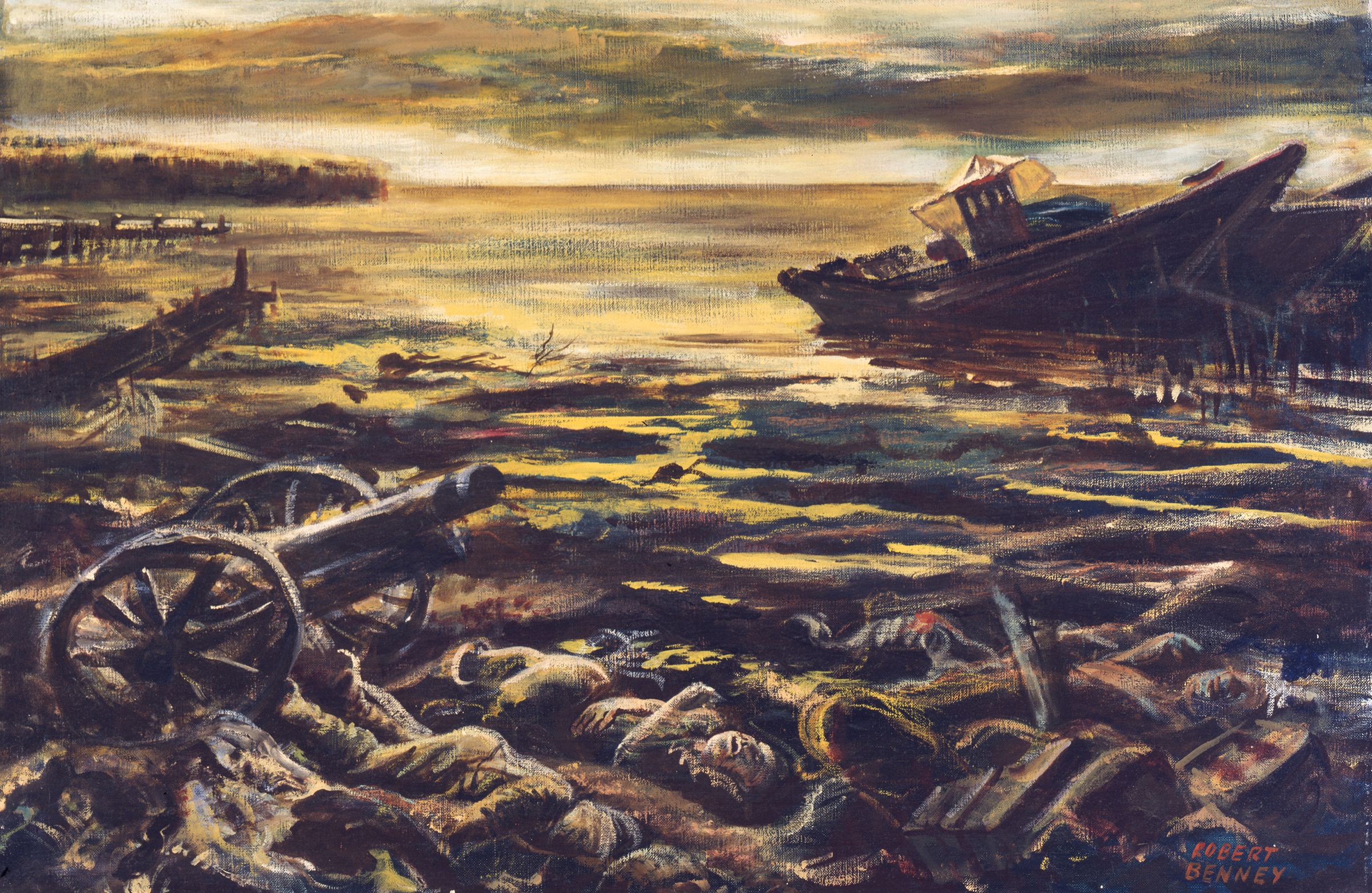
The biggest issues with the Hirakushi account are the number of bodies, method of suicide, and disposal of the remains. Hirakushi claims that Saitō, Nagumo, and Igeta kneeled on the ground together and were shot by two aides while they were in the process of seppuku and that their bodies were subsequently cremated. Saitō’s chief of staff, Suzuki, would have been the proper person to shoot him, not Hirakushi as he claims, but Suzuki may have been occupied with the final preparations for the gyokusai, so it is possible. Hirakushi specifically states only those three officers died together, with no mention of anyone else. Nagumo’s chief of staff, Yano, would have killed himself with his commanding officer, but there is no mention of him. When the intelligence officers and liaisons went with Yoshida to the command cave on July 11, there were four charred bodies inside, which could account for the remains of Saitō, Igeta, Nagumo, and Yano—with Hirakushi simply having forgotten Yano was present. However, Hirakushi specifically said that he had no idea of the whereabouts of Nagumo during his interrogation. Why would the major so willingly identify Saitō, but withhold the identities of the other three? He may have had some loyalty to Igeta as a fellow Army officer and one that he respected, but Hirakushi had no such loyalty to the two Navy officers.
Hirakushi’s account also contradicts those of Noda and Hikada, with the former actually witnessing Nagumo and Yano kill themselves via self-inflicted gunshots and the latter claiming to have personally buried the two admirals. Neither mention the deaths of Saitō or Igeta. The Central Pacific Fleet had only been with Saitō for a week at that point; they had not fought the battle together. Saitō and Nagumo had no bonded loyalty to one another, especially considering the deep rift between the Japanese Army and Navy in addition to the fact that (according to Noda) Nagumo was opposed to the gyokusai and wanted to keep fighting. Nagumo and Yano more than likely would have wanted to die with their own people in a separate location, as Noda and Hikada recalled.
All of this is not to say that the Hirkakushi account is a total fabrication, however. It’s true that certain details do not align, but there is one other high-ranking naval officer who is unaccounted for: Rear Admiral Tsujimura. One theory is that Tsujimura worked closely with Saitō in at least the latter stages of the battle, directing the defenses of the naval sector and coordinating the deployment of the naval ground forces in line with the general’s orders. Tsujimura had been on the island longer than any of the officers in the 43rd Division, the 31st Army, or the Central Pacific Fleet, all of whom had only been on the island between one and three months while Tsujimura had been on Saipan since October 1943.
Tsujimura’s knowledge of the island would have been invaluable in the defense, so it is logical that Lieutenant General Saitō and his staff would have leaned heavily on him. It is known that Tsujimura was at Saitō’s Combined Battle Headquarters as opposed to a separate 5th Base Force Headquarters as late as July 3, according to the testimony of Saitō. All these factors place Tsujimura with Saitō personally. Tsujimura had also lost his chief of staff on July 4, leaving him to perform seppuku solo. Both the Yoshida and Hirakushi accounts can be aligned under the pretense that Hirakushi confused the identities of the naval officers in retrospect, an understandable mistake given the more than 20 years that had passed before Toland interviewed him.
But what of the fourth charred body in the cave? This is theorized to be Saitō’s chief of staff, Col. Takuji Suzuki. Suzuki likely followed suit with Saitō and committed suicide later in the afternoon of July 6 or that evening. His remains would have been burned in the cave along with the other three individuals.
Major Hirakushi’s post-war account simply does not add up. While his version of events is self-aggrandizing, to claim that he consciously fabricated it would be conjecture. Hirakushi was the only senior surviving Army officer present with Saitō’s staff for the duration of the battle. He was captured after being shot in the gyokusai. He recounted his story to Toland nearly 25 years after the facts. In that time he likely elevated the reality of his role and his relationship with the senior commanders and mentally modified events. Exactly why Hirakushi gave his captors a false name is perplexing. He told his interrogators that he was a member of Saitō’s staff, then divulged large amounts of information on how the Japanese conducted the battle, and then guided them on a tour of the island.
Nagumo carried out his duties at Saipan as best he could. While contemporary histories paint him as being defeated in spirit, he appears to have wanted to continue fighting at Saipan but was overruled by his Army counterparts. Rather than commit Seppuku with army officers, he chose to die in privacy with a fellow naval officer. The only certainty is that he and Yano are still somewhere in Paradise Valley.
First-time WWII History contributor Jack Adamson lives in Dickson, Tennessee.
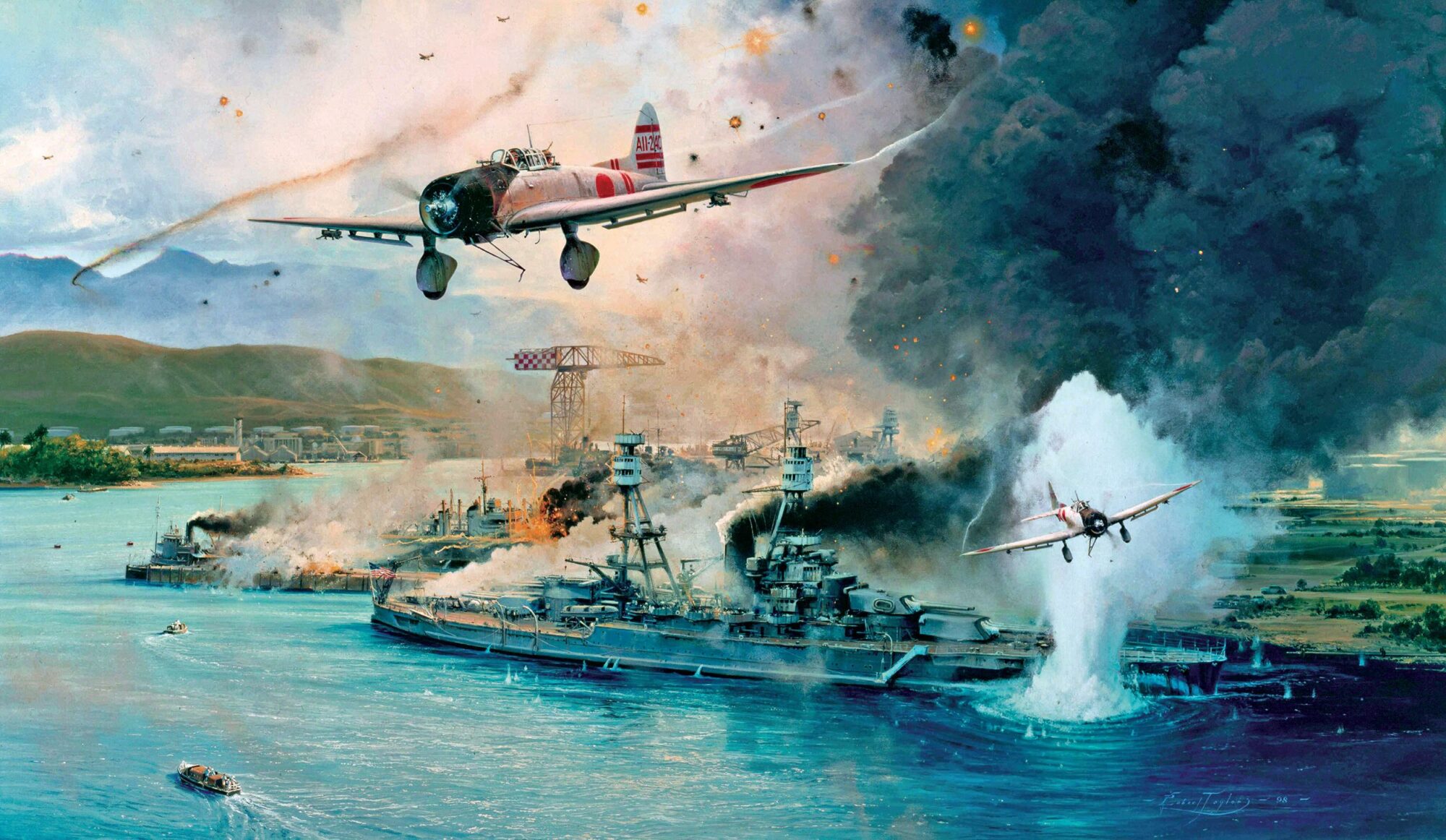
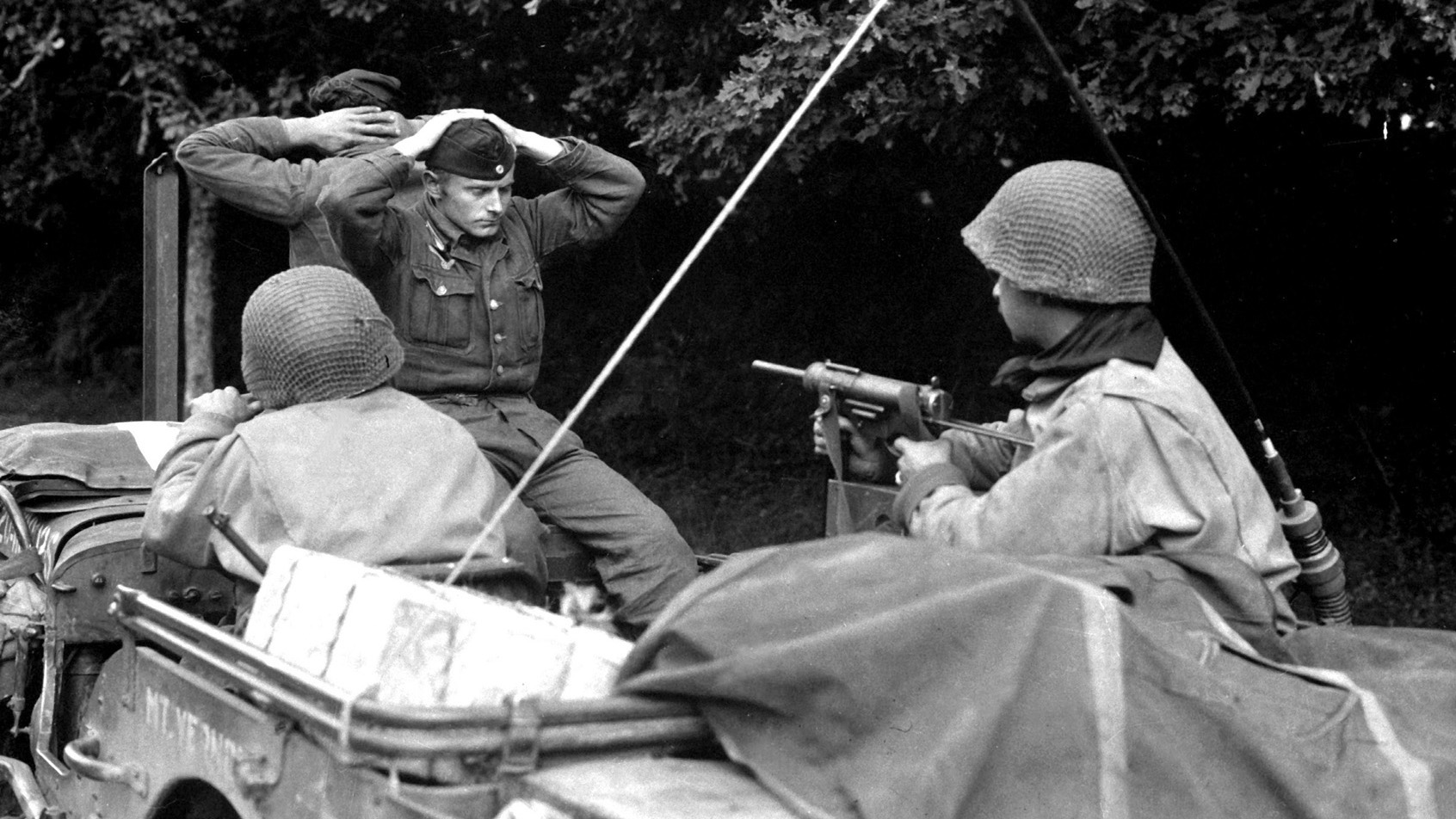
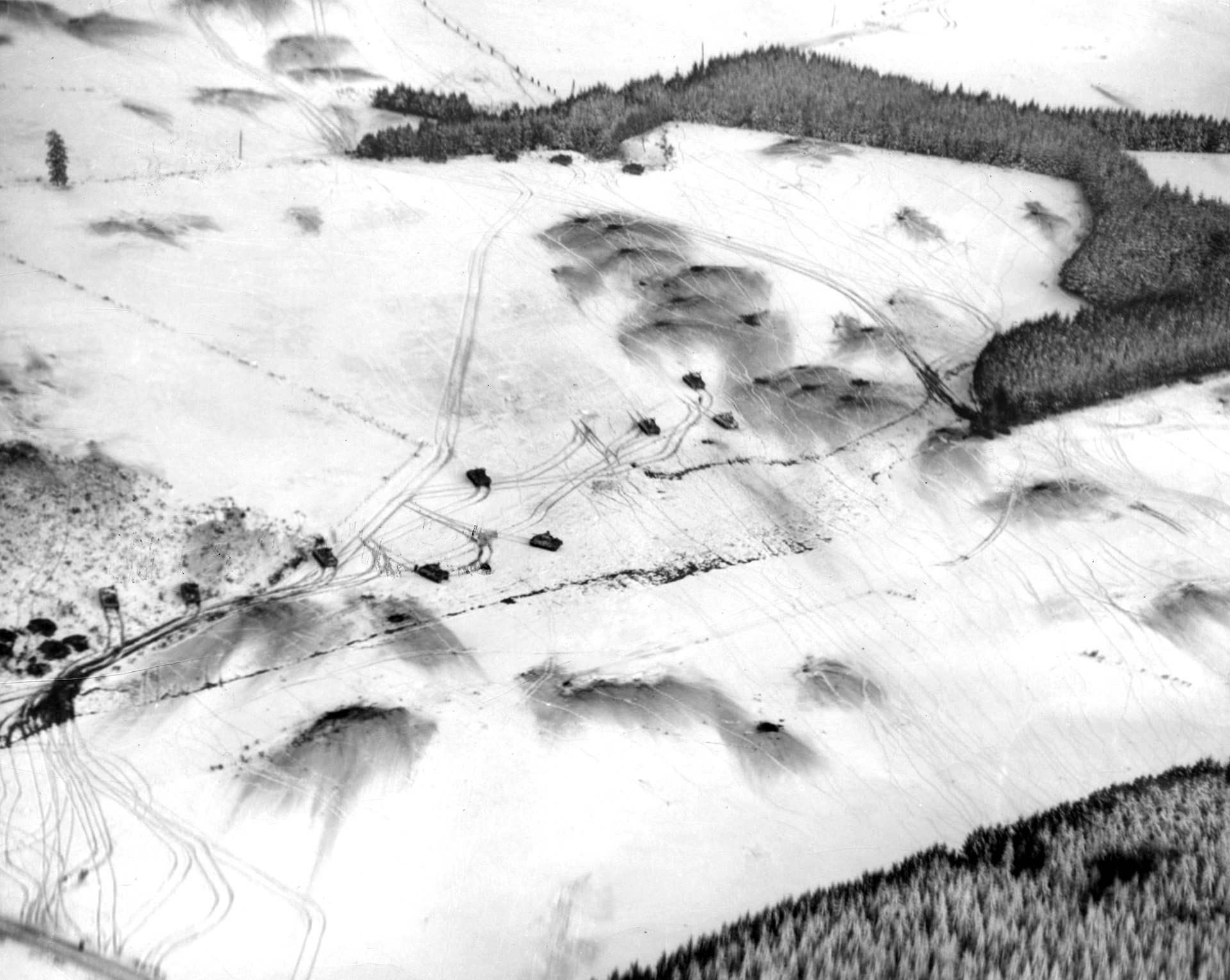
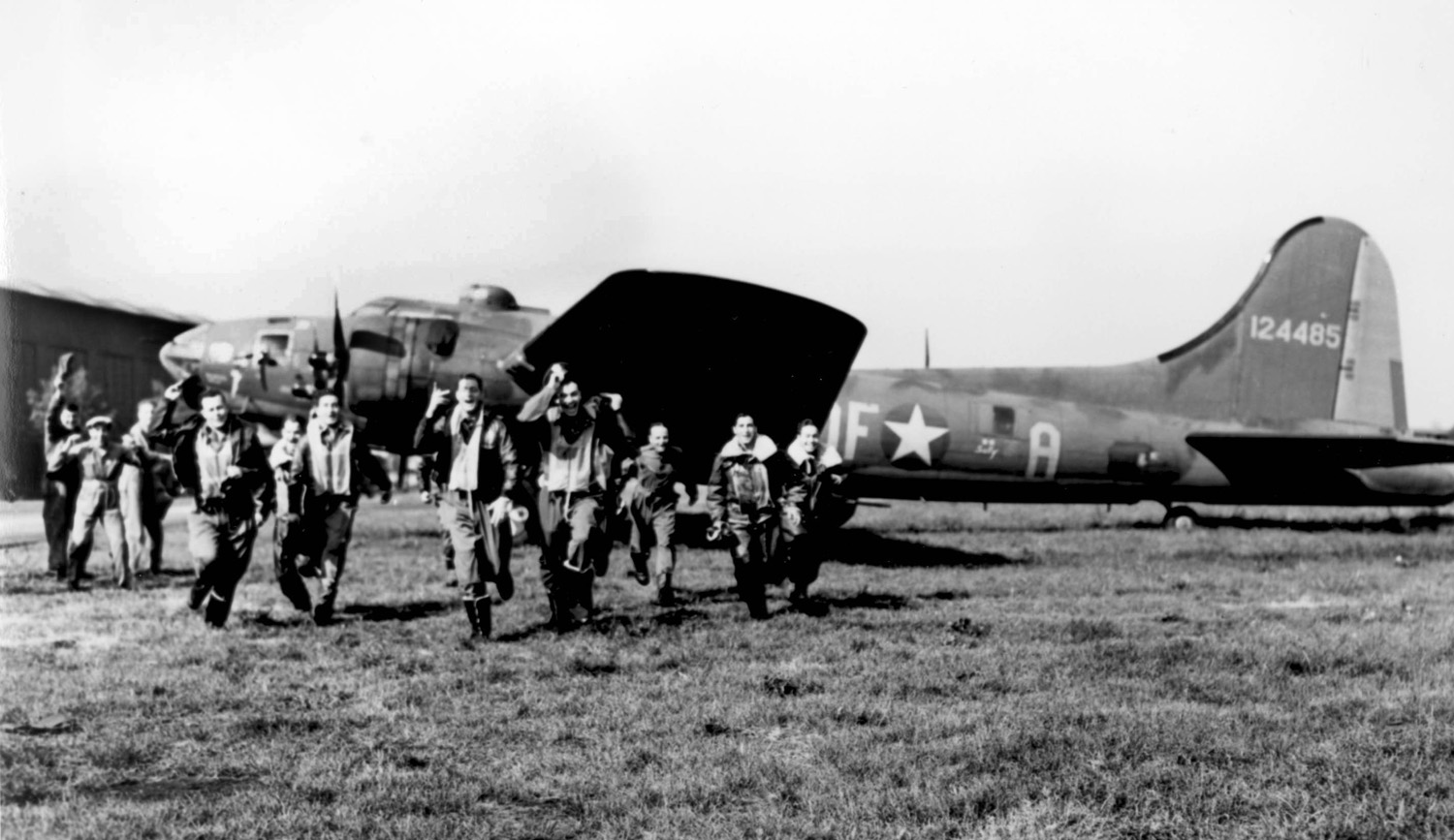
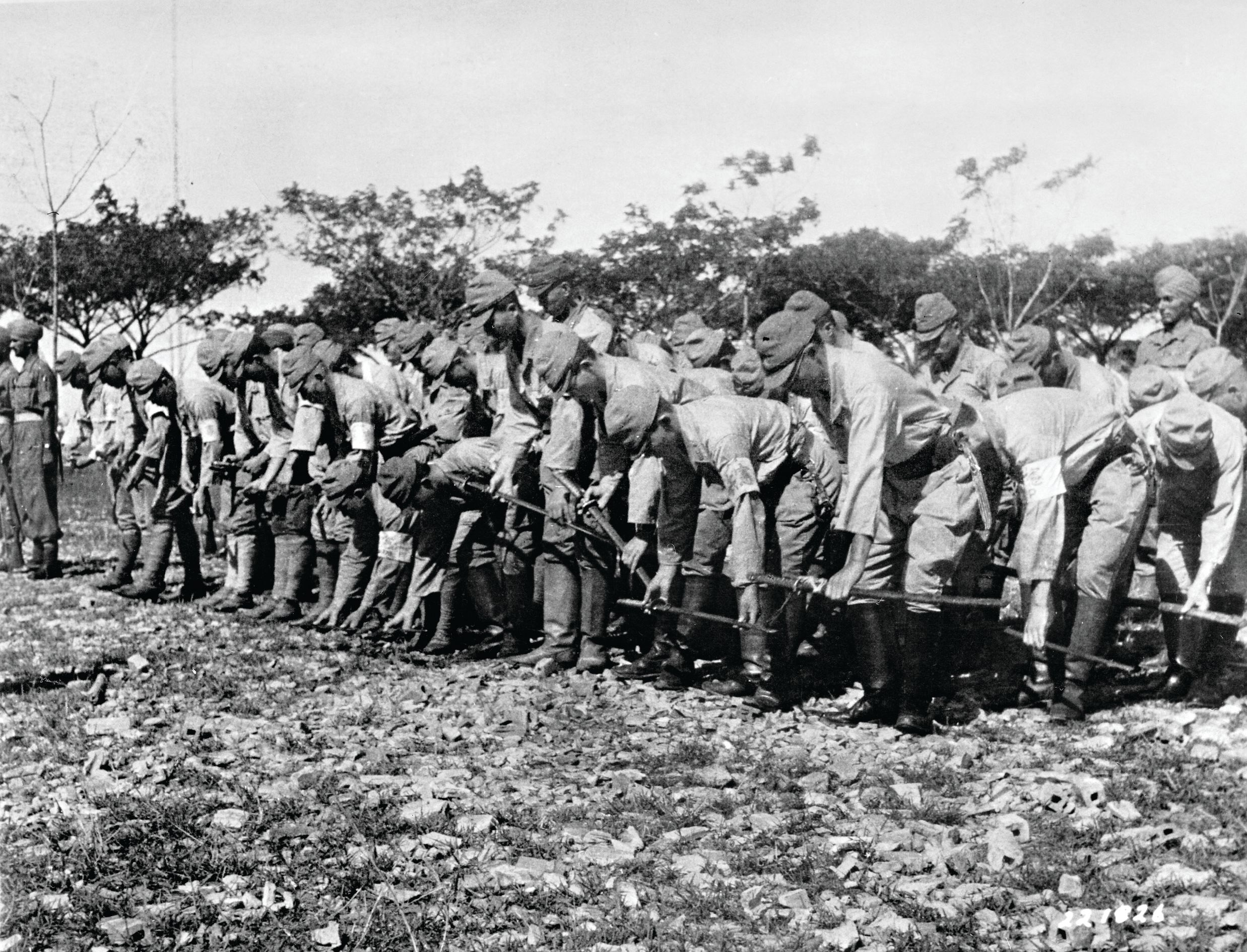
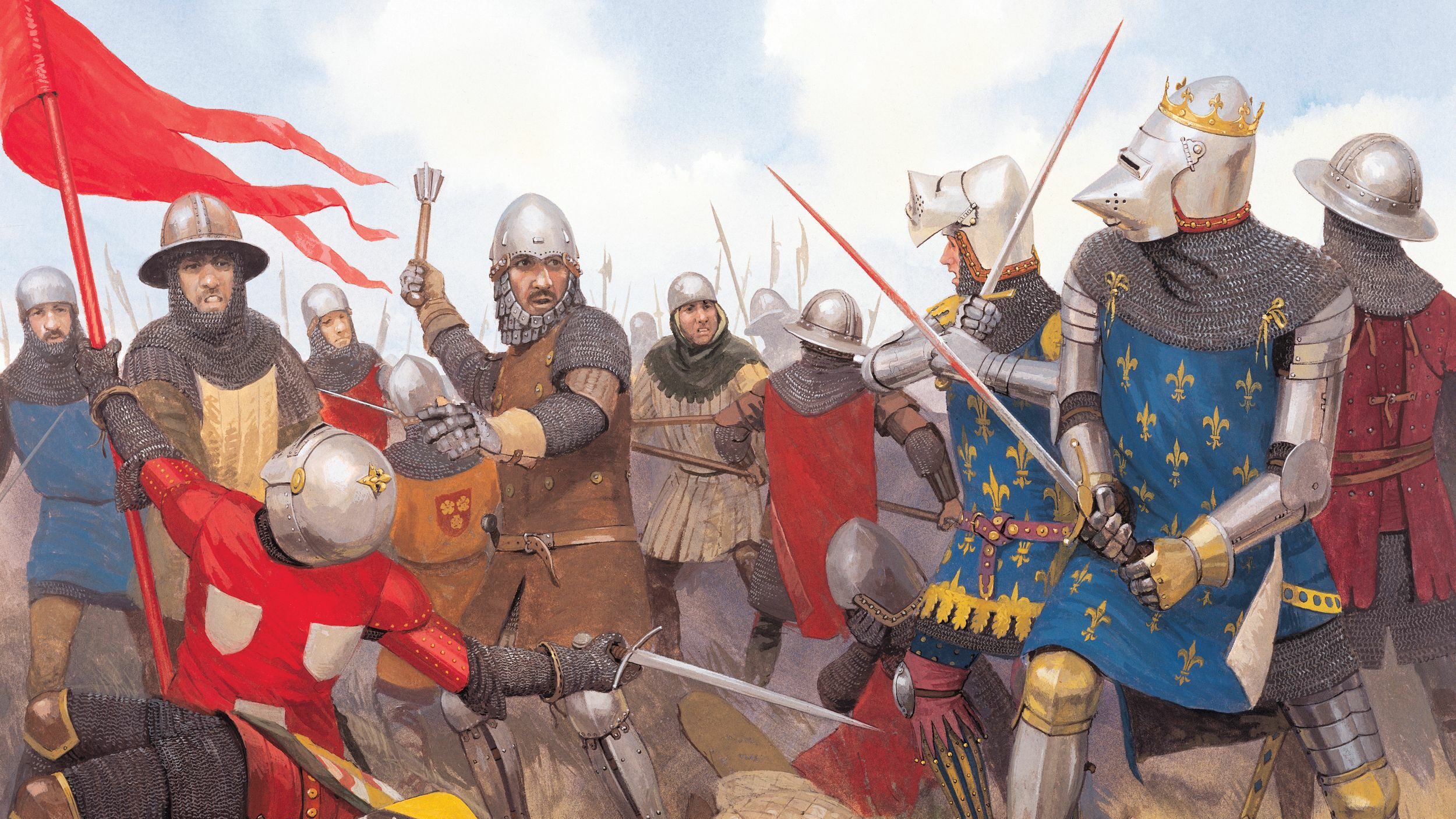
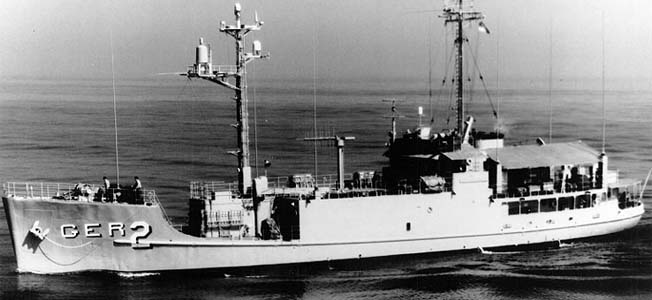
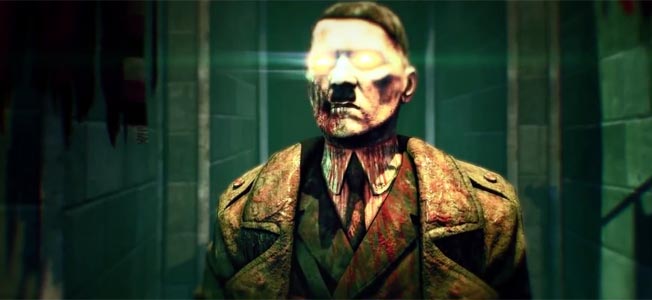
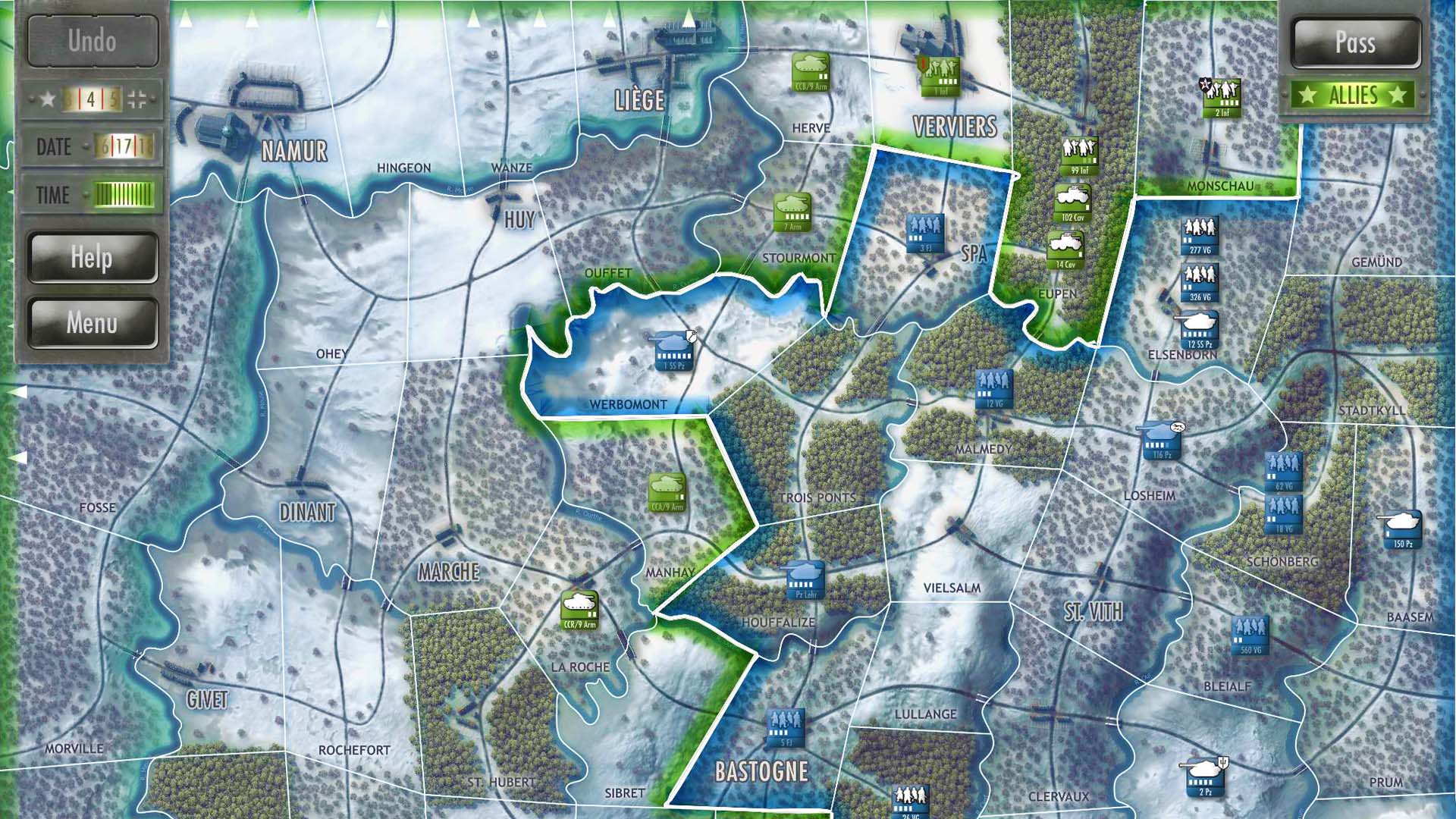
Join The Conversation
Comments
View All Comments